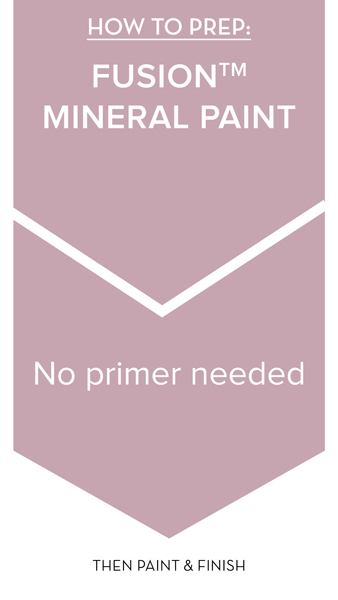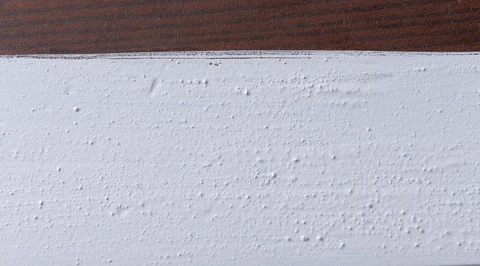
Tip: Applying Milk Paint to a surface that’s not a dull finish or bare wood? Bonding Agent makes the impossible possible! Be confident knowing there will be no chipping, flaking, or peeling. Mix 1 part of Bonding Agent into 1 part paint before applying.
Now comes the fun part – the finishing touch. This i paintings what we like to call the “magic moment.” Using any brush, apply Milk Paint to your surface. Each coat dries within 15-30 minutes (yep – speedy!) and can be re-coated immediately once dried.

FINISH IT
Apply a top coat to seal your Milk Paint and bring out the true depth of colour! This will also protect your paint for a finish that lasts generations. Hemp oil and furniture wax are great, easy to use options!


Milk Paint having no binder could result in a variation of colour. Mixing throughout the application will help reduce this effect, but if this happens the results are very pretty and can almost look like a lime wash finish. It’s very important to understand that different batches may result in different colours, as with any paint. It is important to purchase enough paint to complete your project and have a little more than you need just in case!

That is completely up to you. One of the benefits of Milk Paint is it is a breathable coating! If you leave it unsealed, then the true colour of the milk paint will not pop and come to life, there is a potential for watermarks, should your walls come into contact with water. Ceilings or low-traffic walls can easily be left unsealed as long as you like the colour as is. Applying a top coat of hemp oil will saturate your Milk Paint colour to its true vibrancy and provide a surface that can be washed gently. A simple thin coat can be applied with a roller or rag. Make sure to wipe away the excess. Wax is also a gorgeous and easy-to-apply finish.

Sometimes if milk paint is applied too thickly, or there was something on the surface resisting the paint, it may crackle here and there. Crackling is a beautiful effect, this can be a very interesting and fun look for the old-world effect. You may gently sand and re-paint this area if it is a cause for concern.
Always test your methods and process prior to tackling a large project.